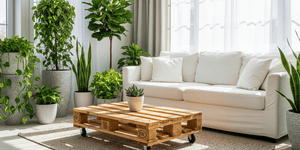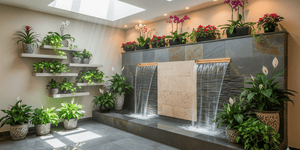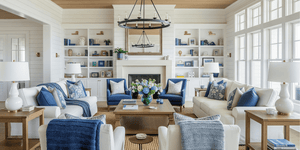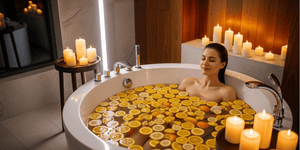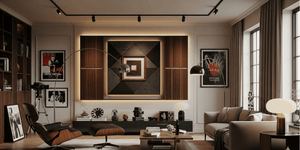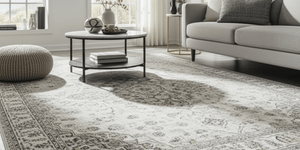Lighting On A Budget 101

Tips For Lighting Your Entire House On A Budget
What Is The Most Cost-effective Way To Light Your House?

Another consideration to keep in mind is that every room is unique and should not be treated the same. This means that not all fixtures fit all spaces and not all spaces need fixtures. Here are a few tips to ensure that you get cost-effective lighting for your home.
-
Educate Yourself on Lighting
Do your homework to ensure that your budget fits. Know how lighting works and which bulbs will give you the best light. Get to learn about energy efficiency and proper installation.
-
Get to Know the 3 Layers of Lighting Design
Each room should be accorded its own light. For example, a kitchen should be brightly illuminated while the bedroom should have something cozy. There are three light layers of lighting design, namely:
-
Ambient lighting
-
Task lighting
-
Accent lighting
The three layers are what give a room a specific tone.
-
-
Get to know light bulb terms
Just because a bulb is glowing does not mean it is excellent for a room. Every bulb type has a specific lifespan, brightness, and energy consumption. The kind of bulb you choose can determine future lighting costs. These are the three bulb terms you should know:
-
Kelvins. Light color is measured in kelvins, and bulbs typically have a color that measures between 2,500 to 6,500 kelvins. The lower the kelvin number, the warmer the light. 2,500 kelvins gives out a yellowish, orangish light while 6,500 gives you bluish-white light.
-
Lumens. This refers to the bulb's brightness. A well-lit room requires about 1,500-3,000 lumens, while a reading area will require 98 lumens. If you have poor vision, choose lumens that do not strain your eye. You can break down bulb brightness according to the room's function.
-
Wattage. This refers to the amount of energy a bulb consumes. LED lights use less energy, while halogen lights use less energy than incandescent lights. LED lights are the champions of energy efficiency.
-
Why are LED lights so great?
|
 |
LED light bulbs are great solution to brining down your energy costs. Though the upfront cost can be slightly more than traditional incandescent bulbs, the energy saving over the life of the bulb can be substantial.
How Much Is Lighting For A Whole House?
The average cost for lighting installation is $90 to $250 per fixture, minus the price of the fixture. Fixture and installation might cost you $280 to $1,000.
What Are Some Clever Lighting Tips For The Whole House?
-
Check the ceiling height- This is important if you want to work with hanging lights. Some lights come with adjustable rods or cables, while others don't. You don't want to have your lights hanging too high or too low.
-
Table hopping- If you hang a light over a table, then 28 to 34 inches will work. This is the distance from the light's bottom to the table surface. You can also have such a light above your kitchen island.
- Create a lighting plan- Consider planning out all lighting elements during the initial phase of building, remodeling, or renovation. This will save time and money.
- Nothing like good swag- Do you want some pendant lighting but do not want to interfere with the electrical setup? Go for cord swags and swag your lights.
- The stairs are waiting- Negotiating stairs when it's dark can be tricky. Add some light to them and make your stairs safe and stylish.
- Get some strip lighting on the underside of your cabinets- Nothing light, some good toe-kicking lights.
- What's your glow? After considering the type of light fixture you need, consider the kind of lightbulb. If your walls have cooler tones, you might want to make them warmer by using a bulb with a warm glow.
- Add lights that have a decorative element to set the mood and tone in a room. Once you’ve satisfied the lighting output requirements of a room, have fun with additional lighting elements to add some flair to the space.
How Do You Know That You Have Enough Light?
-
Calculate the square footage of each room- This is because the size of a room determines how much light it needs. All you need to do is multiply the length by the room's width.
-
Use the foot candle unit - This measurement will help you determine how bright a room should be. The kitchen and the bathroom usually have a higher light intensity due the functional needs of the space.
-
Get the right lumens for your space- Multiply the square footage of your room as calculated in step one by the number of foot-candles and then choose a fixture and bulb matching your lumen needs. Your room size a are what determine if you have enough light or not. The steps above will work practically for every home.

